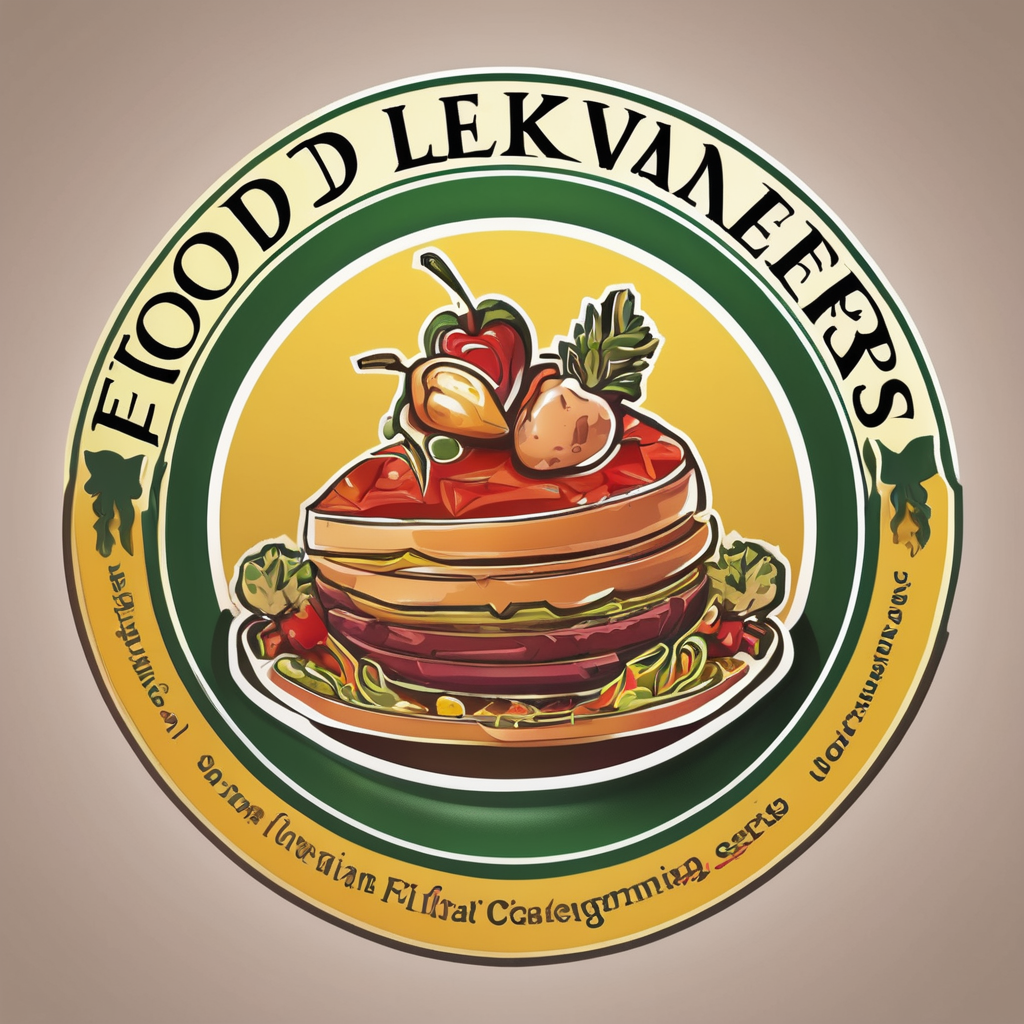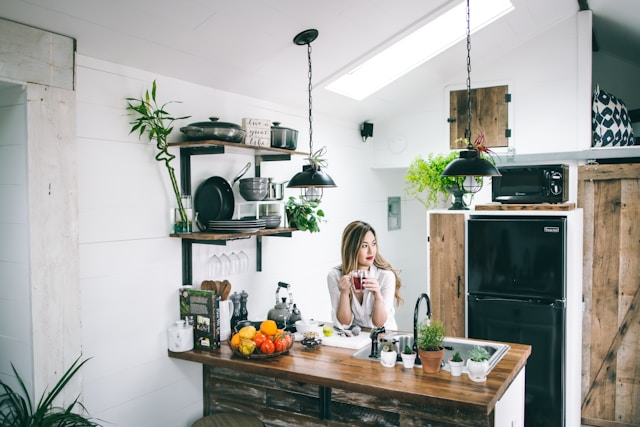Your kitchen mat might not seem significant, but its texture and color can greatly influence your cooking experience. The right mat offers not only comfort but also endurance during long hours in the kitchen. Uncover how different textures can reduce fatigue and how colors can uplift your mood while cooking. This exploration will guide you in making informed choices, ensuring your kitchen is as enjoyable as it is functional. Discover the transformative impact of these often-overlooked elements on your culinary adventures.
The Importance of Kitchen Mat Textures
When selecting a kitchen mat, texture plays a crucial role in determining both comfort and endurance. Various textures cater to different needs, each offering unique benefits. For instance, some mats feature a soft, cushioned texture, ideal for those seeking comfort during prolonged standing periods. These mats typically have a foam or gel core that provides a plush feel, reducing pressure on the feet and joints.
Also to see : Inspiring Healthy Eating: The Power of Motivational Quotes in Your Kitchen Decor
On the other hand, mats with a firmer texture are designed for endurance. They are often made from durable materials like rubber, which not only withstands wear and tear but also offers stability. This type of texture is particularly beneficial in high-traffic kitchen areas, where the mat needs to maintain its form and function over time.
Textured surfaces also impact fatigue levels. A mat with a well-designed texture can enhance grip, preventing slips and ensuring safety. Moreover, the right texture can stimulate foot muscles, promoting blood circulation and reducing fatigue. This is especially important for those who spend long hours cooking, as it helps maintain energy levels and comfort throughout the day.
Have you seen this : Inspiring Healthy Eating: The Power of Motivational Quotes in Your Kitchen Decor
Choosing the appropriate mat texture can significantly enhance your kitchen experience, balancing comfort and endurance.
Exploring Material Options for Kitchen Mats
Selecting the right material for your kitchen mat is essential for ensuring both durability and longevity. Understanding the characteristics of different materials can help you make an informed decision.
Common Kitchen Mat Materials
Kitchen mats are typically crafted from materials like foam, rubber, and gel. Foam mats are popular for their lightweight and cushioned properties, providing a soft surface that is gentle on the feet. Rubber mats, known for their robustness, offer excellent durability, making them ideal for high-traffic areas. Gel mats combine softness with support, offering a unique blend of comfort and resilience.
Pros and Cons of Each Material
Each material comes with its own set of advantages and drawbacks. Foam mats, while comfortable, may lack the longevity of rubber or gel options. Rubber mats excel in durability, but they can be heavier and less cushioned. Gel mats provide a balanced experience, though they might require more maintenance to retain their properties.
How Material Choice Affects Comfort
The choice of material significantly impacts the comfort level of a kitchen mat. Foam provides a plush feel, rubber ensures stability, and gel offers a soothing surface. Understanding these differences can guide you to a mat that meets your specific needs.
The Role of Color in Kitchen Mat Selection
Choosing the right color for your kitchen mat goes beyond mere aesthetics. It taps into the realm of color psychology, which explores how different hues can influence emotions and behaviours. In kitchen environments, where functionality and atmosphere are equally important, selecting the appropriate color can significantly enhance your experience.
Color psychology suggests that certain colors can affect our mood and energy levels. For instance, warm colors like red and orange are known to stimulate appetite and energy, making them ideal for lively kitchen spaces. Conversely, cool colors such as blue and green can create a calming atmosphere, which might be preferable for those seeking a more relaxed cooking environment.
When considering the aesthetic appeal, it is essential to harmonize the mat’s color with the overall kitchen decor. A well-chosen mat can act as a focal point or seamlessly blend with the existing theme. Additionally, lighter colors can make a small kitchen feel more spacious, while darker shades might add a touch of elegance.
For optimal comfort and a pleasant cooking experience, consider your kitchen’s lighting and layout. By understanding color psychology, you can select a mat that not only complements your kitchen’s style but also enhances your mood and productivity.
Research Insights on Comfort and Performance
In recent years, numerous research findings have illuminated the impact of kitchen mats on comfort and performance. Studies consistently highlight the importance of choosing the right texture and material to enhance comfort during prolonged standing periods.
Comfort studies reveal that mats with cushioned cores, such as those made from foam or gel, significantly reduce fatigue and joint pressure. These mats are particularly beneficial for individuals who spend long hours cooking, as they promote better posture and reduce discomfort.
Expert opinions suggest that while softer mats offer immediate comfort, firmer mats made from durable materials like rubber provide long-term support and stability. This is crucial in high-traffic kitchen areas where endurance is necessary.
The insights from these studies and expert recommendations can greatly assist consumers in making informed decisions. By understanding the research findings, individuals can select kitchen mats that not only match their aesthetic preferences but also cater to their specific comfort needs. This ensures a more enjoyable and efficient cooking experience, ultimately enhancing overall kitchen performance.
Maintenance Tips for Kitchen Mats
Proper cleaning and care are essential to extend the longevity of your kitchen mats. By following specific care instructions, you can ensure your mat remains functional and aesthetically pleasing.
Best Practices for Cleaning Different Materials
Different materials require unique cleaning approaches to maintain their integrity. For foam mats, use a mild detergent with warm water and a soft cloth to gently wipe the surface. Rubber mats can withstand more robust cleaning with a mixture of water and vinegar to remove grime. Gel mats, however, need careful handling; use a gentle cleaner and avoid harsh chemicals to preserve their longevity.
Routine Maintenance Tips
To prolong the life of your kitchen mat, establish a routine maintenance schedule. Regularly vacuum or shake out dirt and debris, and spot-clean spills immediately to prevent staining. Rotate the mat occasionally to ensure even wear, especially in high-traffic areas.
Identifying Signs of Wear and Tear
Recognizing when a kitchen mat needs replacement is crucial. Look for signs such as fraying edges, loss of cushioning, or permanent stains. If the mat no longer provides comfort or safety, it’s time to consider a new purchase. Regular inspection helps maintain both the mat’s performance and your kitchen’s safety.
Personal Experiences and Recommendations
Exploring user experiences can provide invaluable insights into the effectiveness of kitchen mats. Many users highlight the significant impact that texture and color have on their overall kitchen experience. For instance, individuals who spend long hours cooking often prefer mats with a cushioned texture, as they report a noticeable reduction in foot and joint discomfort.
Testimonials frequently mention how the right color choice can enhance the kitchen’s ambience, with some users noting that warm colors create a more inviting atmosphere. Others appreciate cool colors for their calming effect, which can make cooking more enjoyable and less stressful.
When it comes to product recommendations, users consistently praise mats made from durable materials like rubber for their long-lasting performance in high-traffic areas. Foam and gel mats also receive positive feedback for their comfort, although they may require more frequent replacement in busy kitchens.
- Users recommend:
- Cushioned mats for comfort
- Durable rubber mats for longevity
- Color choices that complement kitchen decor
These testimonials and recommendations can guide you in selecting a kitchen mat that aligns with your preferences and enhances your cooking environment.






